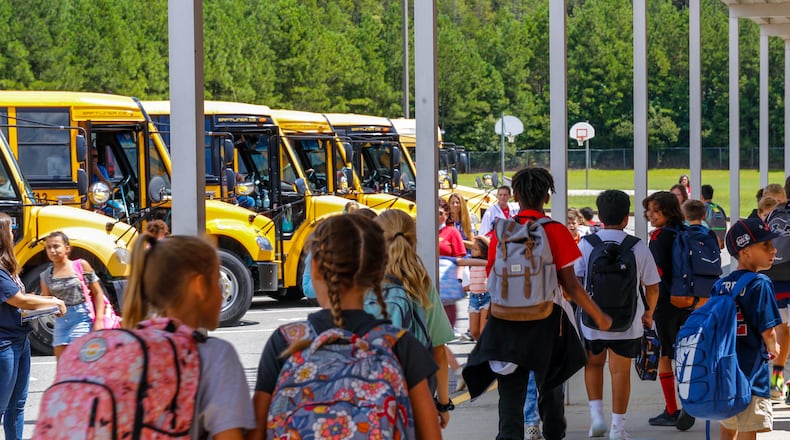Christopher D. Holmes is a veteran K-12 educator and leader with experiences in private, charter, public, and detained youth environments. He is the founder of Fully Engage Education, a Georgia-based private educational consulting company that partners with agencies and schools.
In a guest column, Holmes warns that low-income schools could suffer most from the teacher shortage.
By Christopher D. Holmes
In the wake of a national pandemic, there have been devastating impacts on American schools. Impoverished Title I schools will face even greater challenges in providing qualified teachers that are able to deliver quality instruction to decrease the achievement gap.
Before the pandemic, I witnessed Title I schools with high numbers of waiver, nontraditional, long-term subs, and novice teachers in classrooms. These were not the ideal situations to provide the adequate teaching and learning needed to improve student outcomes. However, having an adult in a classroom became the priority.
The desire to provide an equitable education has become a growing concern as we face the teacher shortage. As educators retire or leave the profession altogether, openings are being filled and created in some of the more “desirable” school settings: high socioeconomic status, high student engagement and motivation, high achievement data, high assessment scores, greater parent engagement, minimal disciplinary infractions, greater technology resource and access, positive cultures and climates.
Credit: Courtesy photo
Credit: Courtesy photo
These schools have typically been hard to break into as turnover rates were low due to high levels of satisfaction, comfort and exceptional performance data. They are able to recruit and retain highly qualified educators. With a shortage of candidates, these schools can hire teachers away from extreme poverty and low-performing schools. Teachers from disadvantaged schools are now being offered job opportunities in these sought-after settings.
Where does this now leave Title I and majority Black and brown schools?
With these schools already struggling to identify and retain needed staff members to address the academies of their students, new vacancies will likely become even harder to fill. I have seen districts and schools struggle to find educators to fill current positions as new vacancies continue to open throughout the summer. Additionally, leaders are having to strongly consider keeping staff who continue to fail in meeting instructional expectations related to pedagogy and deep student understanding.
Although there are nontraditional avenues to provide instruction, including virtual teachers, this eliminates one of the critical factors to motivate students to learn — positive student-teacher interactions.
As educators continue to tackle many issues within their buildings, teacher shortages will have one of the most significant impacts on student learning and learning outcomes. We have to find solutions to attract new applicants because those who will likely suffer the most are those who need the most support.
Dr. Christopher D. Holmes, the author of this guest column, is a veteran educator.
About the Author
The Latest
Featured




